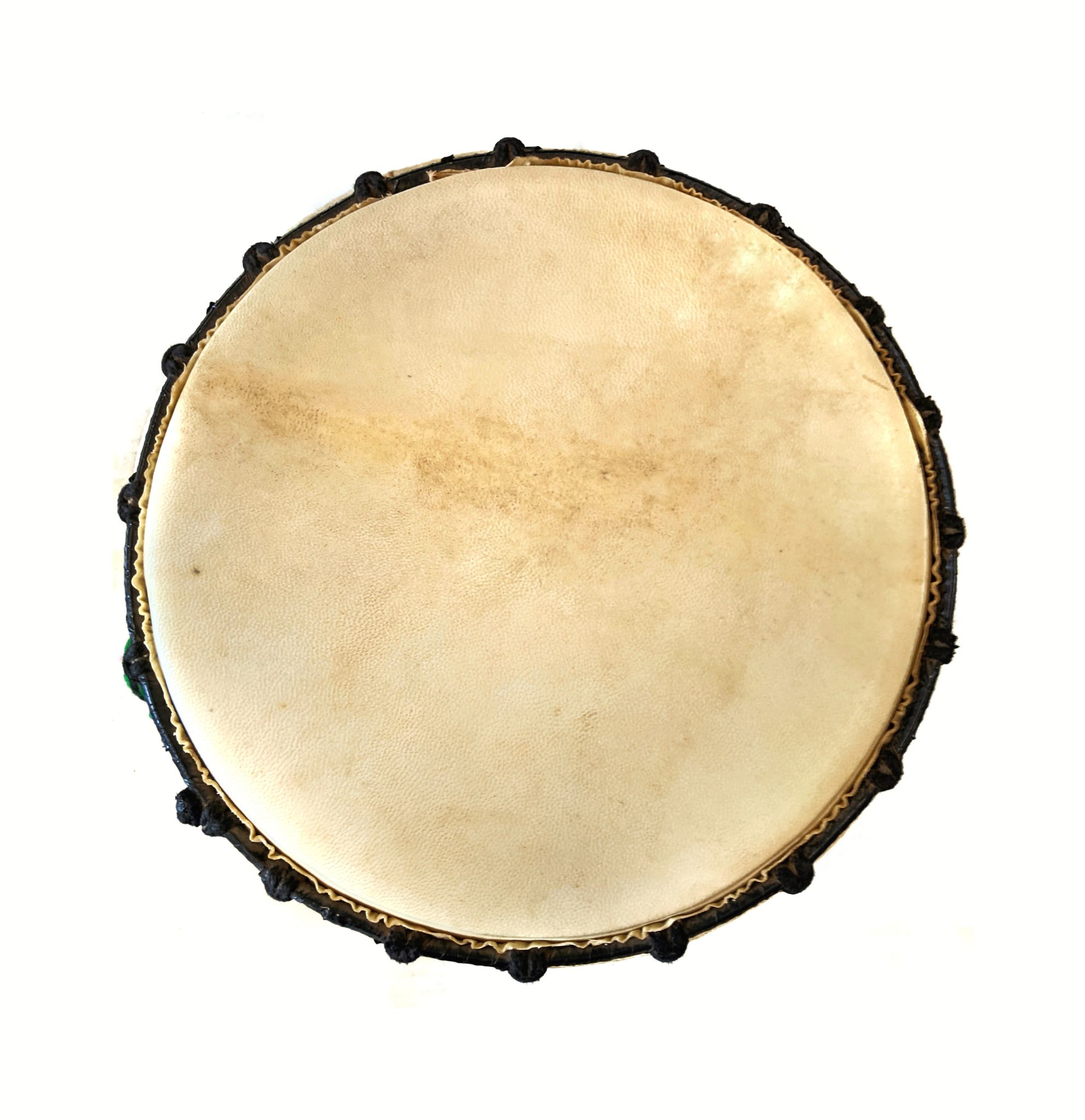The Art of African Mask Dance: Cultural Significance and Styles
The art of African mask dance is a vibrant and essential aspect of many African cultures. These dances are more than just performances; they are a celebration of heritage, spirituality, and community. African masks, with their unique designs and intricate craftsmanship, play a pivotal role in these ceremonial dances.

The Cultural Significance of African Mask Dance
African mask dances are deeply rooted in tradition and serve various cultural purposes. They are often performed during significant events such as weddings, funerals, initiations, and harvest festivals. These dances are not mere entertainment; they are a means of connecting with ancestors and the spiritual world. The masks worn during these dances embody the spirits of ancestors, deities, and nature.
The dances are also a way to pass down oral history and cultural values. Each movement and rhythm tells a story, preserving the rich history of the community. By participating in these dances, individuals reinforce their identity and strengthen community bonds.

Styles and Types of African Masks
African masks are as diverse as the cultures they originate from, with each region having its own distinct styles and symbolism. Here are some of the notable types:
- Animal Masks: These masks often represent animals that are significant to the community, symbolizing traits like strength, courage, or wisdom.
- Ancestor Masks: Used to honor deceased ancestors, these masks play a crucial role in connecting the living with the spiritual realm.
- Spiritual Masks: Often used in religious ceremonies, these masks are believed to possess powers that can influence the material world.
The design and materials of masks vary, often reflecting the resources available in the region. Wood, fabric, beads, and metal are commonly used to create these stunning pieces.

The Role of Dance in Mask Ceremonies
The dance accompanying the masks is as important as the masks themselves. Each dance is characterized by specific movements and rhythms that correspond to the mask's symbolism. Dancers undergo rigorous training to ensure they perform accurately, respecting the tradition and significance of the dance.
The music, typically involving drums, flutes, and vocals, plays a critical role. It sets the tempo and mood, guiding the dancers in their movements. The combination of music, dance, and masks creates a powerful experience, drawing the audience into a shared cultural and spiritual journey.

Preservation and Evolution
As the world becomes increasingly interconnected, the challenge of preserving traditional African mask dances grows. Many communities are actively working to maintain these traditions, passing them down through generations. Additionally, contemporary artists and performers are finding new ways to incorporate traditional elements into modern expressions.
Efforts to document and share these traditions through media and cultural exchanges are helping to keep the art form alive. By embracing both preservation and innovation, African mask dance continues to evolve while staying true to its roots.
